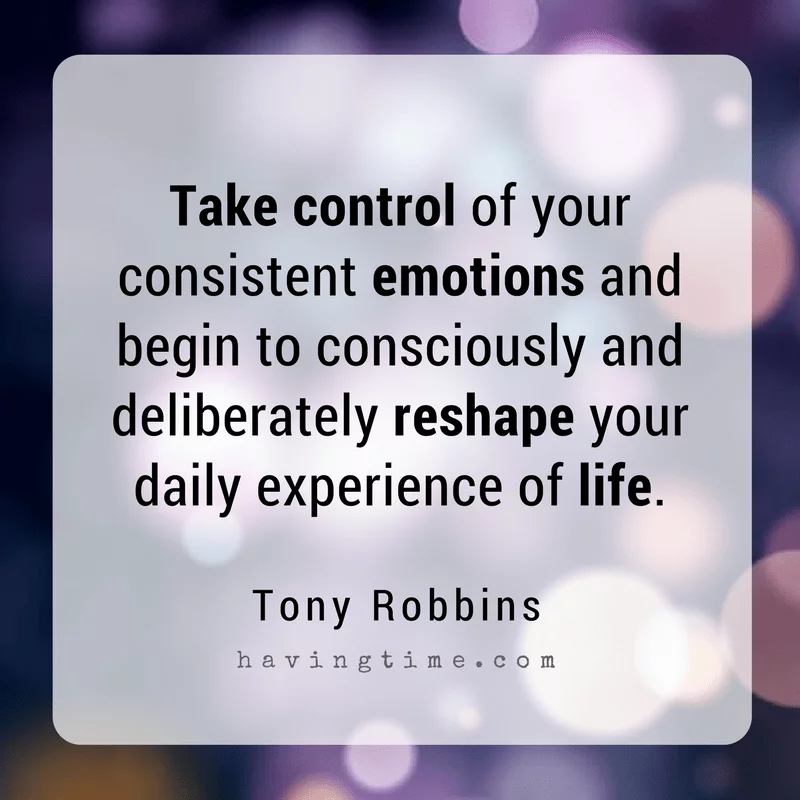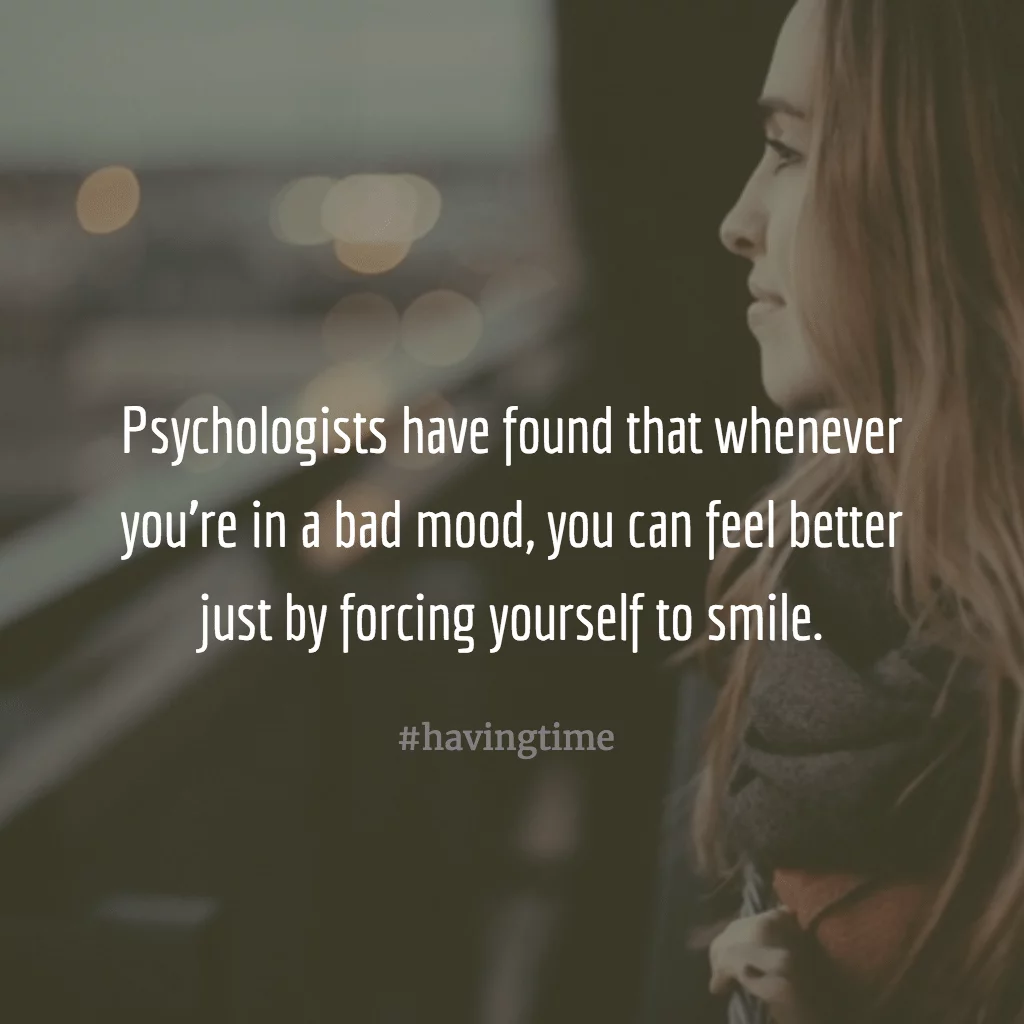
It’s summertime in the southern hemisphere where I live. After a particularly odd winter and spring, summer suddenly appeared. There wasn’t a gradual warming, as in other years; we simply woke a few days ago to stiflingly hot weather.
And as we woke, it was as though a heavy cloud had been lifted, and everyone was back to their usual happy ways.
I certainly noticed the upturn in my own mood as well as energy levels, and everywhere I looked, people were out in droves combing the beaches, walking slower, faces to the sky.
Are there more people out walking? Or is it simply that somewhere inside my own mental ruminations, my attention for seeing happiness was spiked?

So, in my usual focused intention, I opened my eyes and ears to the world around me to find out which of these theories was correct.
I mentioned it to the other mums as we waited for the school bell to ring; they all agreed that there had definitely been a shift.
I mentioned it to my coffee gal as I headed home. Her verdict? Definitely happier.
So, as a writer, I could simply ask: “is there a science to back up the theory that when the sun comes out to play, so do we?”
But I’m pretty certain that this subject has been done to death; we know there is a link. Got it. As a species, we’re happier during the summer months (on average, unless you’re a snow skiing fanatic).
What I wanted to investigate was whether we can naturally, without pills or fake tans, prolong this happiness-effect throughout the year.
Yes, we do our best to schedule our next island holiday so it interrupts our winter lull, but is this enough to keep us uplifted during the other 7 months (estimating that summer lasts 4.5 months in NZ, with a 2-week break in winter if the money allows)?
As the rate of suicide and depression in the southern hemisphere is sky-rocketing year on year, I’d hazard a guess that we’re not very good at keeping our happiness factor at a consistent level.

So, what can we do? Are there techniques we can implement to increase our happiness juice when the sun is sitting low on the horizon?
You bet your arse there is!
I’m someone who seeks adventure and an almighty laugh where-ever and whenever I can, however, even in my usual state of positive wonder, I feel loneliness, sadness, frustration, and fear. I work every day to sustain an upbeat attitude; to keep a smile on my face, and thus this article is my way of explaining that even the most positive people you know, battle regularly with lowered emotions; it’s part of being human and feeling alive.
I believe that practical medicine is good for some things, for some people, but our happiness is within our own mental capacity if we train our brains and support our brains physical and environmental needs.
Here are just some of the tips and tools I use to keep those rose-tinted glasses on during the colder months:
Smile
When we smile, we activate the same processes within the brain that are primed to create our feel-good neuro-chemicals such as Serotonin and Dopamine. Sadly, our smile muscles are often neglected, and we even fall in to a trap of telling our friends that we’ve forgotten how to smile. Go on, admit it; we’ve all done it, even me. “I can’t recall the last time I smiled or had a reason to smile!”
I get it, I truly do; been there, done that, got the T-shirt.
But the reality is, that when we make a statement like this, we’re effectively telling the world that we’ve lost the ability to move our facial muscles. These are the same muscles that we naturally activate as a 3-month-old baby. We’re not trained to use them; so how is it possible that we lose our ability to?

Our primary responsibility when we’re feeling low should be to naturally pump as many feel-good chemicals into our brain as possible. Smiling is just one way. It’s free and takes 3 seconds of your day to implement.
The brain doesn’t know that you’re not actually ‘feeling in to’ the smile, it simply feels the pull of the muscles and activates the right processes due to the stimulation; so, DO fake it, test it and practice it until smiling becomes just another part of your day, your hour, your minute.
Activate the senses
Doesn’t it seem that as we move from Summer to Autumn, our lives speed up? We forget to stop and smell… well, anything really; roses, the aroma of our coffee, the scent of the fresh air.
We race through our day with our heads down, navigating through a long list of action items, growing more anxious with every minute.
Our happiness is linked to our senses. We were given senses for a reason, so that we may enjoy that which we partake. Our olfactory bulb sits just behind our prefrontal cortex. When we smell an aroma from our past, don’t we immediately recollect the memory it’s linked to?
How do you feel when your favorite smell wafts past your nose? It relaxes you, doesn’t it? Your shoulders drop, and your eyes soften as you allow yourself to appreciate the smell and drift back to the memory it connects you with.
Our emotions and our sense of smell are intrinsically linked, so surround your day with aromas that move you; that uplift your mood.
It’s not just the sense of smell that increases our mood, but all of the senses; each with its own scientific connection.
Touch, for instance, activates our production of Oxytocin, which is our ‘love hormone’. And hearing can instantly change our heart rate, as our cochlea was the second organ to form in our fetal state, closely linked to our heart. There is a reason that soothing music can settle even the most restless baby.
Get outside
Studies done by Stanford University in 2012 showed a clear link between the frequency of our brain waves and the environment that surrounds us. Our natural frequency during any working day is Beta; meaning our brain waves fluctuate between 14-20Mhz per second. Upon entering nature, (think green trees or flowing water) the frequency slows to an Alpha state (7-13Mhz), allowing a person to enter into a mindset of peace which of course turns off the stress response.

It really is as simple as taking your lunch outside or planning a ‘walking’ meeting around the block instead of sitting within four walls all day.
And finally, when we make it our mission to see the beauty in the gloom, we open our reticular activating system (RAS), allowing us to see wonder where others do not. When you ‘want’ to, you’ll see the autumn colors in their vibrant glory. You’ll sense the coolness of the wind on your skin as a way to feel alive. When we focus on finding the wonder, we inevitably do. And when we do, our happiness set-point is raised.
Yes, we feel amazing when the Vitamin D from the sunshine hits our system in Summer, but there are so many wonderful ways to keep that feeling afloat when the sky outside is grey. The human brain is supercharged to find happiness if you allow it to do so.
Make the intention, and sail through those winter months with the biggest smile ever!





